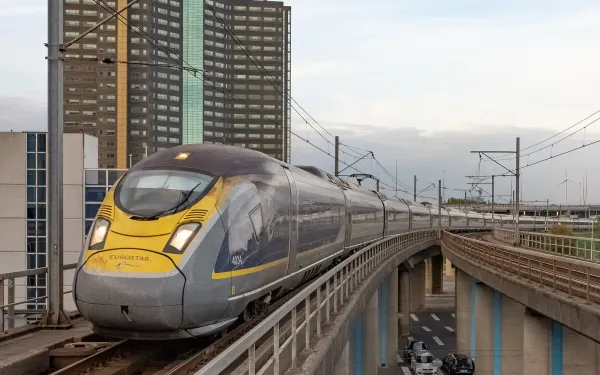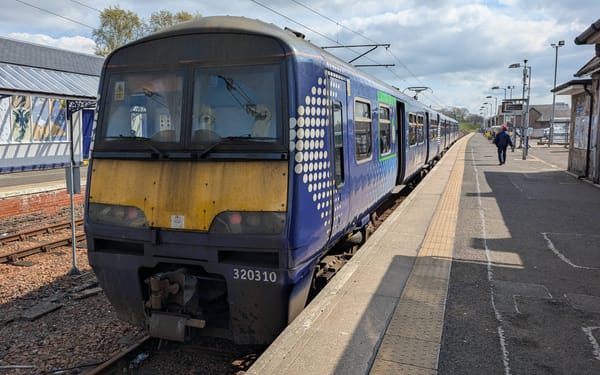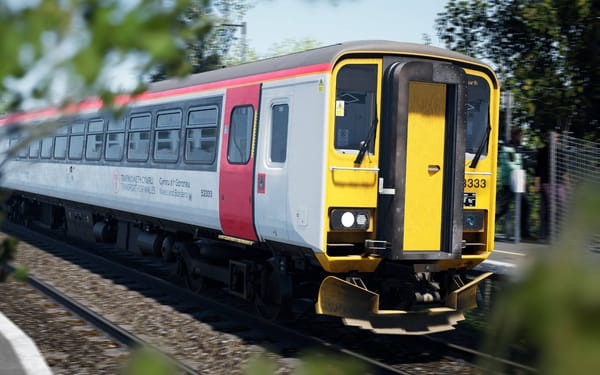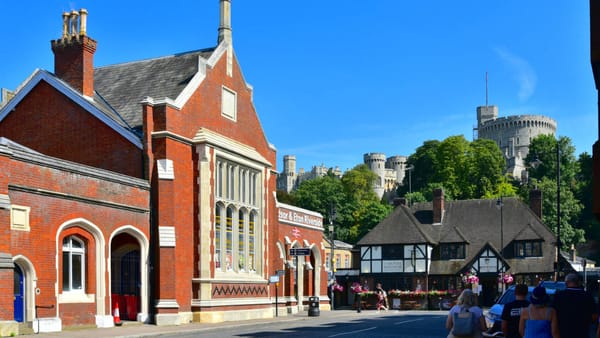The North Wales Land Cruise, 1951—1961
Published author John Barden Davies takes us on a journey across North Wales, with an account of the grand 'Land Cruise' that was operated by British Railways between 1951 and 1961.
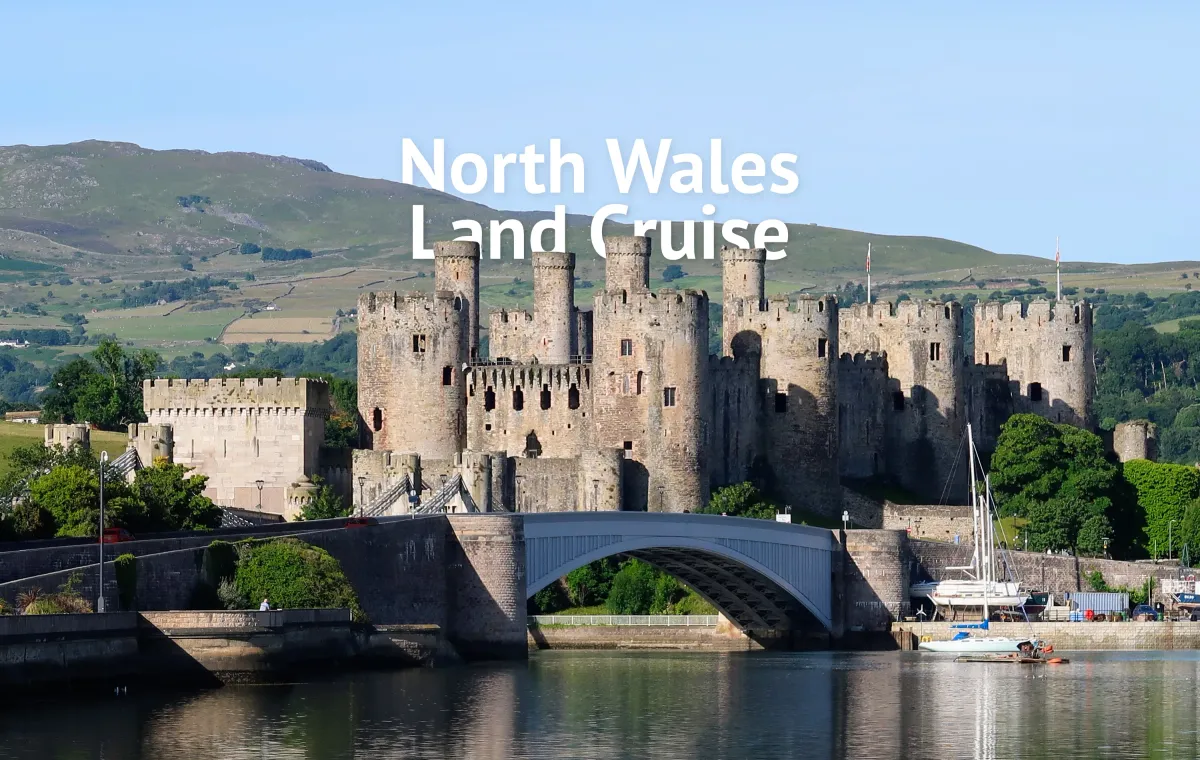
The post-war revival of tourism
In 1951, the UK was still experiencing post-war austerity. Few people had a car, and only the very wealthy could afford a holiday abroad. At that time, the newly nationalised British Railways (BR) was looking at ways to develop the tourist industry as, for most people, the train was the means of transport for a holiday. Many from the industrial areas of the north of England chose to travel by train to their holidays to the popular seaside resorts on the North Wales coast. The railways not only provided a means of getting people from their homes to their holiday destination, but also a means of providing train trips to numerous locations in North Wales while they were on holiday. British Railways even published a booklet giving full details of day trips from the resorts on the coast. Many of these special trains were commenced in connection with the Festival of Britain in 1951, which was organised by the government to build people’s confidence for the future after post-war recession. The first special train introduced was the ‘Welsh Dragon’, an express service that linked the main seaside resorts of Llandudno, Colwyn Bay, and Rhyl. It was hauled by an Ivatt loco, usually 41276 based at Rhyl shed. The ‘Welsh Dragon’ was made up of just three coaches on a push-pull system – surely the shortest named train. It made the journey in half the time that the bus did.
A full-day trip of over 150 miles
Also in 1951, BR introduced a grand circular tour of North Wales. One train commenced at Llandudno and another at Rhyl. These trains travelled the length of the Vale of Clwyd, then along the Dee Valley to the west coast, then north to Caernarfon and along the coast to Llandudno and Rhyl to complete the circle. A third train known as the ‘Cambrian Radio Cruise’ followed the same route but extended to Tywyn and Aberdyfi. A fourth train commenced at Pwllheli and travelled around the circle in the opposite direction. The Land Cruise was a luxury train in what we would call today heritage coaches. Over the decade there were various changes to the timetable, but the through circular trip was always made. Each passenger had an armchair, and refreshments were served throughout the route. Also provided on some coaches was a running commentary on the passing scenery, as well as recorded music. In the 1950s, it was the only practical way of making this trip. A motor coach (or even a car) could never have made the trip without it being a very long day on roads which necessitated a slow speed. The locos used on the Land Cruise also varied, ranging from Class 2 2-6-0s to Class 4 4-6-0s based at Rhyl shed, and a Collet 0-6-0 based at Pwllheli. So let us imagine we are in the 1950s and make this mammoth trip, which in the 1950s cost a mere 22/6 (£1:12.5p).
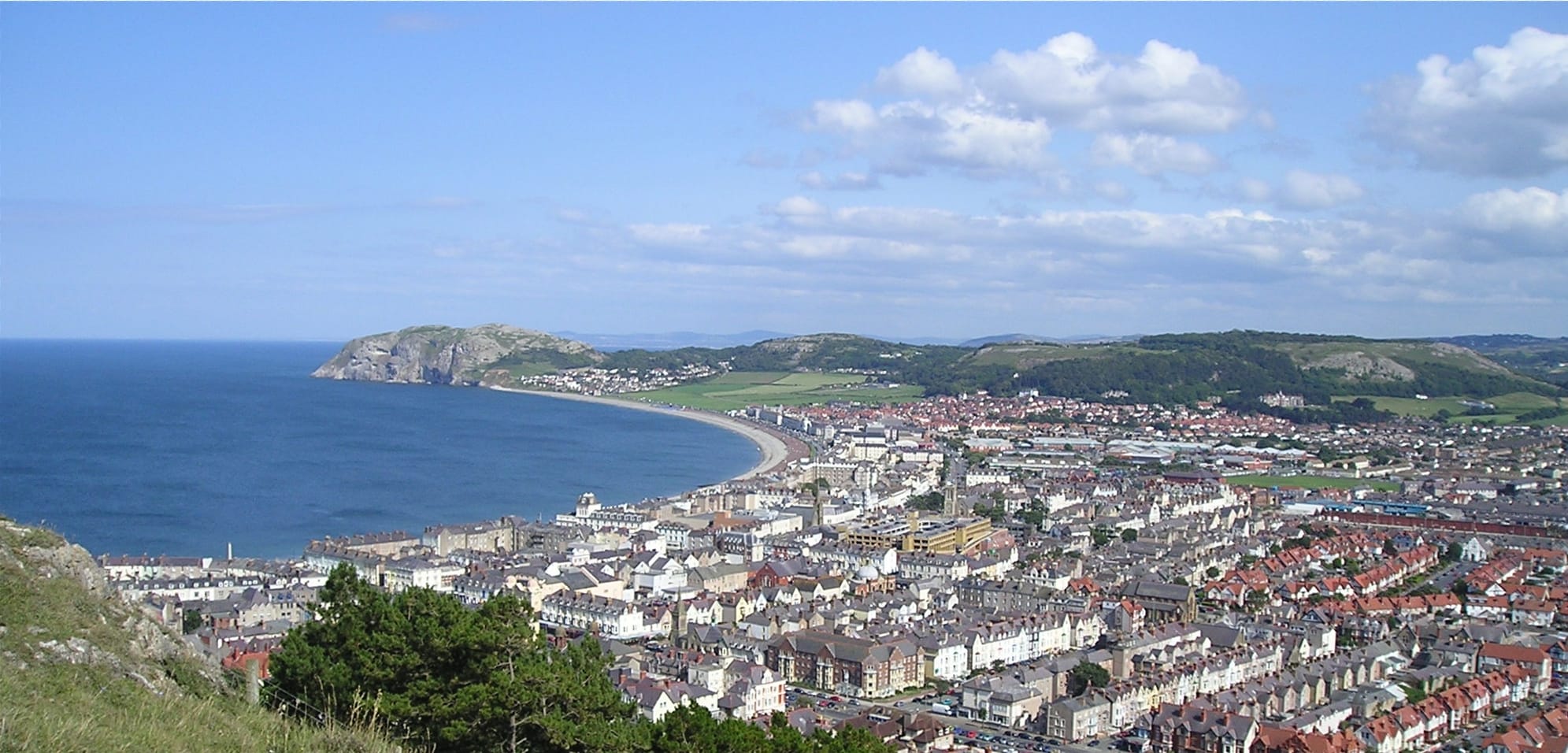
We board the train
We board the train just after 9am at Llandudno station, with its five platforms and overall roof. On the next platform is a through train to London Euston hauled by a Royal Scot class loco. The splendid scenery begins as soon as we leave Llandudno station with spectacular views across the Conwy estuary towards the island of Anglesey. In just five minutes we stop at Deganwy station, from where we see Conwy with its medieval castle on the other side of the river. After another five minutes we are at the eight-platform Llandudno Junction station. As well as main line trains from London, Birmingham, Crewe, Manchester and Liverpool going through to Bangor, Holyhead, Caernarfon and Pwllheli, the junction serves the Conwy Valley branch line and, of course, the branch to Llandudno. Soon, we are under way again, and after four miles we make a stop at the popular seaside resort of Colwyn Bay (the largest town on the coast). Then the train proceeds along a high embankment which gives a splendid view of the promenade, pier, and sea. After passing through a tunnel, we pass the limestone quarries at Llanddulas. The next stop is at Abergele & Pensarn station which serves the market town of Abergele a short distance inland. The station is located at the small resort of Pensarn. Next, we proceed through an area of holiday caravans before we arrive at the resort of Rhyl with its wide platforms to accommodate the massive number of passengers who use this station.
We turn inland
On leaving Rhyl, we travel in a southerly direction, first passing Rhuddlan Castle, and a little later the cathedral city of St Asaph; then we proceed through pastoral farmland, passing the market towns of Denbigh and Ruthin. On our left we see the Clwydian range with its highest peak Moel Fammau. After leaving Ruthin, we pass through a narrow gorge through which rail, road and river pass in close proximity. Next, we arrive at the market town of Corwen in the county of Meirionnydd. Here we join the secondary main line from Ruabon to Barmouth, and pass from the London Midland Region to the Western Region of British Railways. We now follow the Dee Valley to Bala Junction (which has no road access) where a branch line leaves for Bala Town and Blaenau Ffestiniog. Our route passes close to Llyn Tegid (Bala Lake) en route to Llanuwchllyn, from where we travel through a remote area to the summit of the line at Garneddwen. We now follow a falling gradient along the valley of the river Wnion to the county town of Dolgellau. The town is dominated by the impressive mountain Cadair Idris. Next, we join the Mawddach valley and pass through Penmaenpool to the small Barmouth Junction (Morfa Mawddach) station, from where we cross the scenic estuary on a massive viaduct and then arrive at the popular seaside resort of Barmouth. The train remains here for a while, giving time to stretch our legs and walk around the town, and maybe buy a fish & chip lunch.
The Cambrian Coast
On leaving Barmouth, we now travel in a northerly direction along the Cambrian Coast line with spectacular views of the sea. Here, we pass a number of holiday caravans. On reaching Harlech, we look upwards on our right to see the massive castle. Soon after this, we cross a viaduct over the river Dwyryd and pass through Penrhyndeudraeth to Porthmadog, once a busy shipbuilding town and a port which exported slate all over the world. As we approach Porthmadog, we see in the distance an impressive mountain known as Cnicht (sometimes called the Matterhorn of Wales), and further away Yr Wyddfa (Snowdon), the highest mountain in Wales. Soon after leaving Porthmadog, we pass through the small resort of Criccieth where we see another castle.
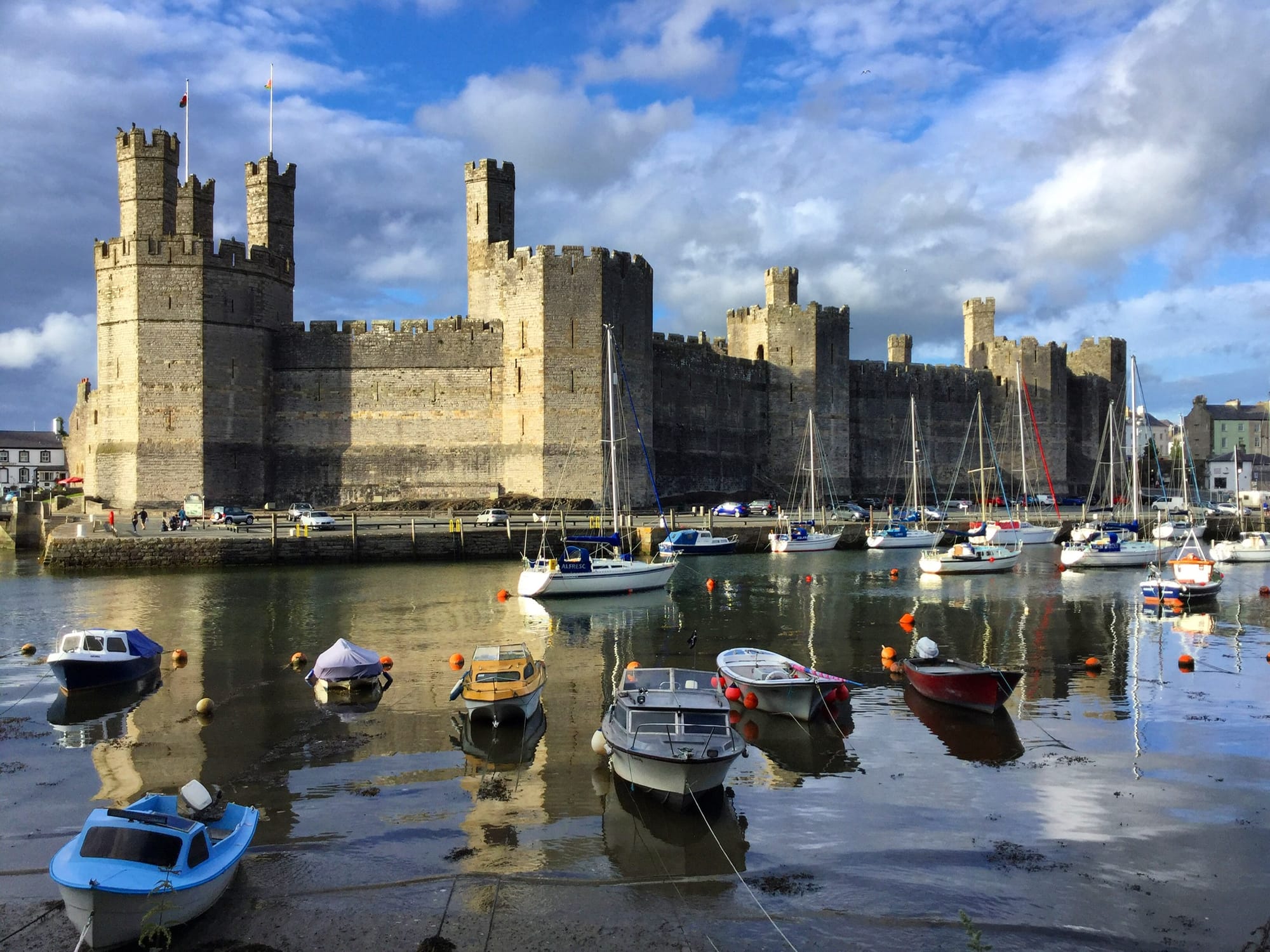
Back to the London Midland Region
Soon we arrive at the remote junction station at Afonwen, where we leave the Cambrian Coast line of the Western Region and re-enter the London Midland Region. On the left we have a distant view of the Llŷn peninsula, then we soon enter a more mountainous area passing the entrance to the Nantlle Valley, an important slate quarrying area. Before long, a glance to our left reveals the massive Caernarfon Castle, after which we pass through a tunnel under the town centre and arrive at the station. Proceeding from Caernarfon, a glorious view of the Menai Strait and Isle of Anglesey appears on our left. Soon afterwards, we pass close to the famous Menai Suspension Bridge, after which we enter a tunnel and then arrive at the cathedral and university city of Bangor. The large building on the hill is the university, but the cathedral is low lying in the city centre. On leaving Bangor, we pass through another tunnel, and as we emerge from it we see on our left the Isle of Anglesey, the town of Beaumaris with its castle and Puffin Island. Next, we pass the small and attractive seaside town of Llanfairfechan. Soon after this, the mountains come down to the sea and we pass through another tunnel and arrive at the seaside resort of Penmaenmawr where granite is quarried. From here, we see the Great Orme at Llandudno. We then pass through another tunnel and afterwards enter the town walls of Conwy where we pass close to the castle before crossing the river on a tubular bridge. We now arrive at Llandudno Junction at about 4.30pm and have completed the loop of over 150 miles. Surely there are few, if any, one-day rail trips in Britain to equal the variety seen on this trip. We have seen holiday resorts, mountains, rivers, valleys, farmland, lakes, castles, impressive bridges and so much more. After reading this article, I hope that those who never had the opportunity to make this trip will realise what they have missed, and that the article will bring back memories to those who were lucky enough to have made the trip.
Can we make this trip today?
In 1961, the line from Ruthin to Corwen was closed to all traffic, which cut the link that had made this trip possible. In 1964, the line from Afonwen to Caernarfon was closed, and the line from Caernarfon to Bangor closed in 1970. The Ruabon-Corwen-Barmouth line closed in 1965. All that remains open of the route today is the North Wales main line and the Cambrian Coast line.
Obviously, the trip cannot be made by train today, but it is possible to make the trip by a combination of rail and bus services. This would involve taking the train from Llandudno to Rhyl, and the bus to Corwen (with a change at Denbigh). From Corwen there is an express bus to Barmouth, from where it is possible to travel by train to Porthmadog. The next stage would be either a bus from Porthmadog to Bangor via Caernarfon or a narrow gauge train from Porthmadog to Caernarfon and onwards to Bangor by bus; after which we could travel by train to Llandudno with a change at Llandudno Junction. Such a trip would require careful scrutiny of rail and bus timetables. Connection waiting times would of course lengthen the journey time. The trip could be made by car, but neither of these options would have the comfort and convenience of a through rail journey which was possible until 1961.
John was born and brought up on the North Wales coast. After retirement from his work in the Church in Wales, he has undertaken work as a freelance proofreader. He is a published author, having written one book on the development of tourism and public transport in North Wales, as well as three books on local history. For the past 10 years he has been doing freelance work for The Ultimate Proofreader. John’s book ‘North Wales Tourism and Transport’ was published by Gwasg Carreg Gwalch, Llanrwst in 2011.
John’s interests are local history, including the history and development of public transport in North Wales.

